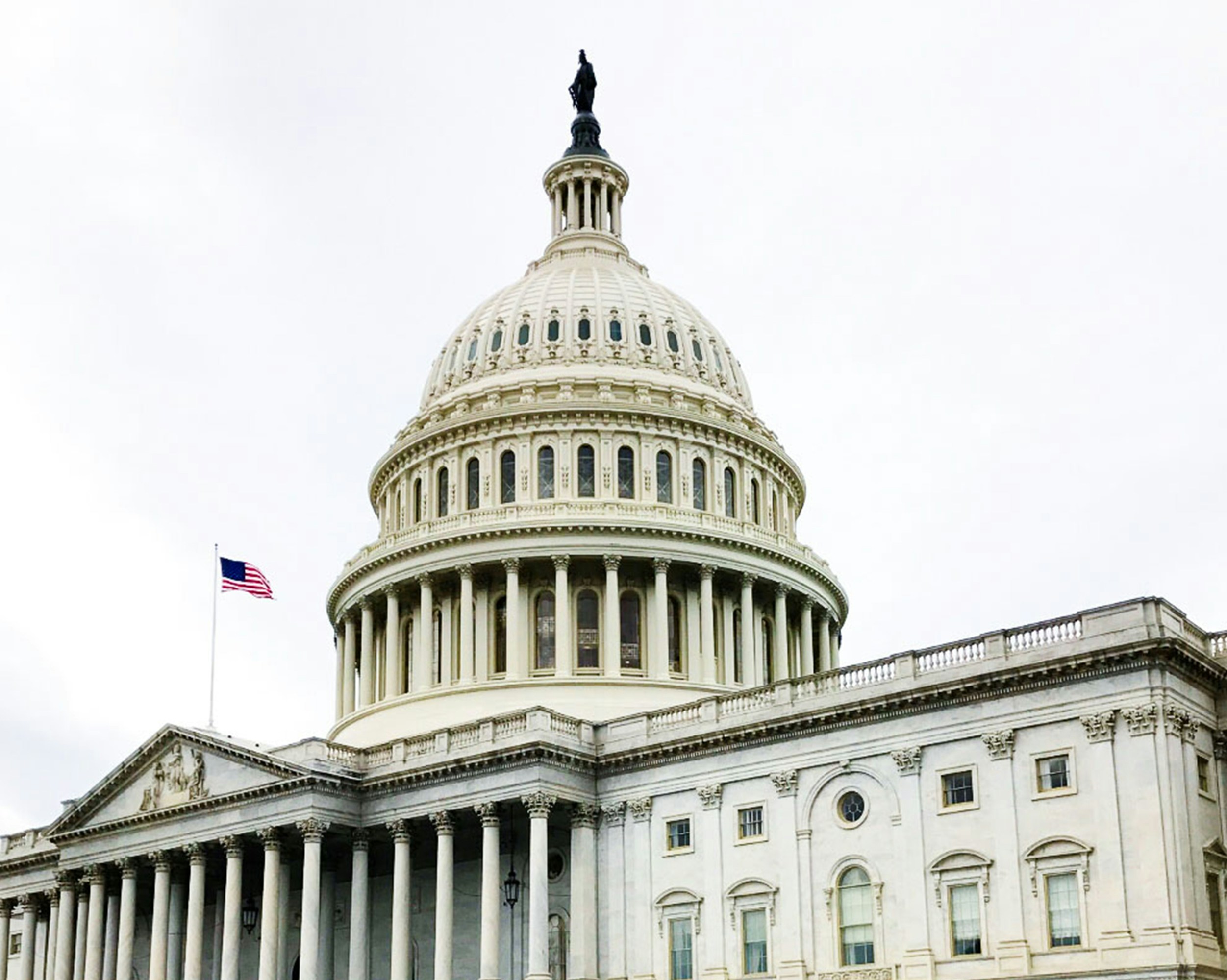
UAW’s Win at VW
- Breaking News
The UAW’s $40 million “Southern Strategy” had its first success yesterday. By a vote of 2,628-985, Volkswagen employees on Friday, April 19 chose the UAW. Two prior votes were close defeats for the UAW—626-712 in 2014 and 776-883 in 2019. What changed for VW to lose so overwhelmingly?
- In 2022, VW hired 2,000 additional employees for building the all- electric I.D. 4. Those employees were primarily younger—Millennials. According to one recent poll, 74% of Millennials would vote for a union if they had the opportunity. As one 32-year-old UAW supporter stated: “A lot of the people who’ve been staunchly anti-union are from an older generation……A lot of the younger generation, through a combination of social media and education and stuff like that, they realize, like, “Hey, it [remaining union-free] doesn’t make sense.”
- I use the analogy that a union campaign is the workplace equivalent of a heart attack. If you win but don’t change the circumstances which contributed to the campaign, you may not be successful if there is a subsequent campaign. Two significant issues drove this campaign: Safety and pay and benefits. The UAW told employees that VW “made a $75 billion profit in the last three years. They can afford to pay you your fair share in wages, benefits and union protections.” More directly, UAW President Shawn Fain said, “you’re getting screwed.” Regarding safety, as one employee said on behalf of others: “I shouldn’t have to talk to the CEO of a multi-billion dollar corporation just to get a hoist. I think we need the ability to say, “Hey, this process is unsafe.” Employee heroes, company villains.
- The UAW took a victory lap from its Big Three negotiations/strike, which resulted in raising pay by 25% over four years and improved benefits. The UAW stressed to VW employees that they should not earn less than UAW Big Three employees who do the same work.
- There were some unique circumstances for VW that helped the UAW. Chattanooga was VW’s only non-union facility in the world— “Why should we be different” was a campaign message. Also, VW had a neutrality agreement where it was limited in how aggressively it could campaign to remain union free. The UAW filed several unfair labor practice charges against VW, so apparently it may have been neutral, but it was not quiet.
VW is the first Southern foreign auto manufacturer to become unionized; Toyota is considered the first to build cars in the South, as it started producing Camrys in 1986 in Georgetown, Kentucky. With a vote count at Mercedes in Vance, Alabama scheduled for May 13-17, the UAW will push to create its vision for the Big Three to become the Big Five.
Unions are popular again, with the highest public approval rating since the Gallup Organization started polling on this question in 1965. Unions are filing more election petitions and winning more elections. We’re seeing what I call the “Starbucks effect.” That is, the perception that hourly employees can take on their corporate employer and win. Note that the facts don’t change that perception: No Starbucks location has a contract, and locations in Buffalo, New York where the organizing began are seeking decertification. Facts about unions matter little when employee workplace issues remain unresolved.
So, what should union-free employers do to sustain that status? I suggest the following:
- Conduct a unionization vulnerability assessment. This involves one-on-one meetings with first line leaders to determine what concerns/pleases employees and how those concerns can be addressed. The one-on-one should include questions about how employees view the leadership team, HR and HSE support. The first line leaders should be assured of confidentiality and the person meeting with the leader should not be an employee.
- Use your rights to talk (but not ask about) unions during interviews and the on-boarding process. I like the statement that “We have a culture here such that no employee will even need to go outside of this location for a workplace concern or suggestion to be addressed” and live by that statement.
- Union campaigns do not necessarily start over money and benefits, but that’s how they end: “Will I be better off with or without a union?” Is your pay/benefits package competitive and does it address realities facing younger employees, such as the need for more time off for personal/family matters and the desire to have some aspect of pay relate to individual productivity?
- And of course, conduct “TIPS” training for all levels of leadership—what are the causes/signals of union activity and what leaders at all levels may and should say about unions.
If you have any questions or would like additional information, please contact Richard Lehr and 205-323-9260 or rlehr@lehrmiddlebrooks.com.





